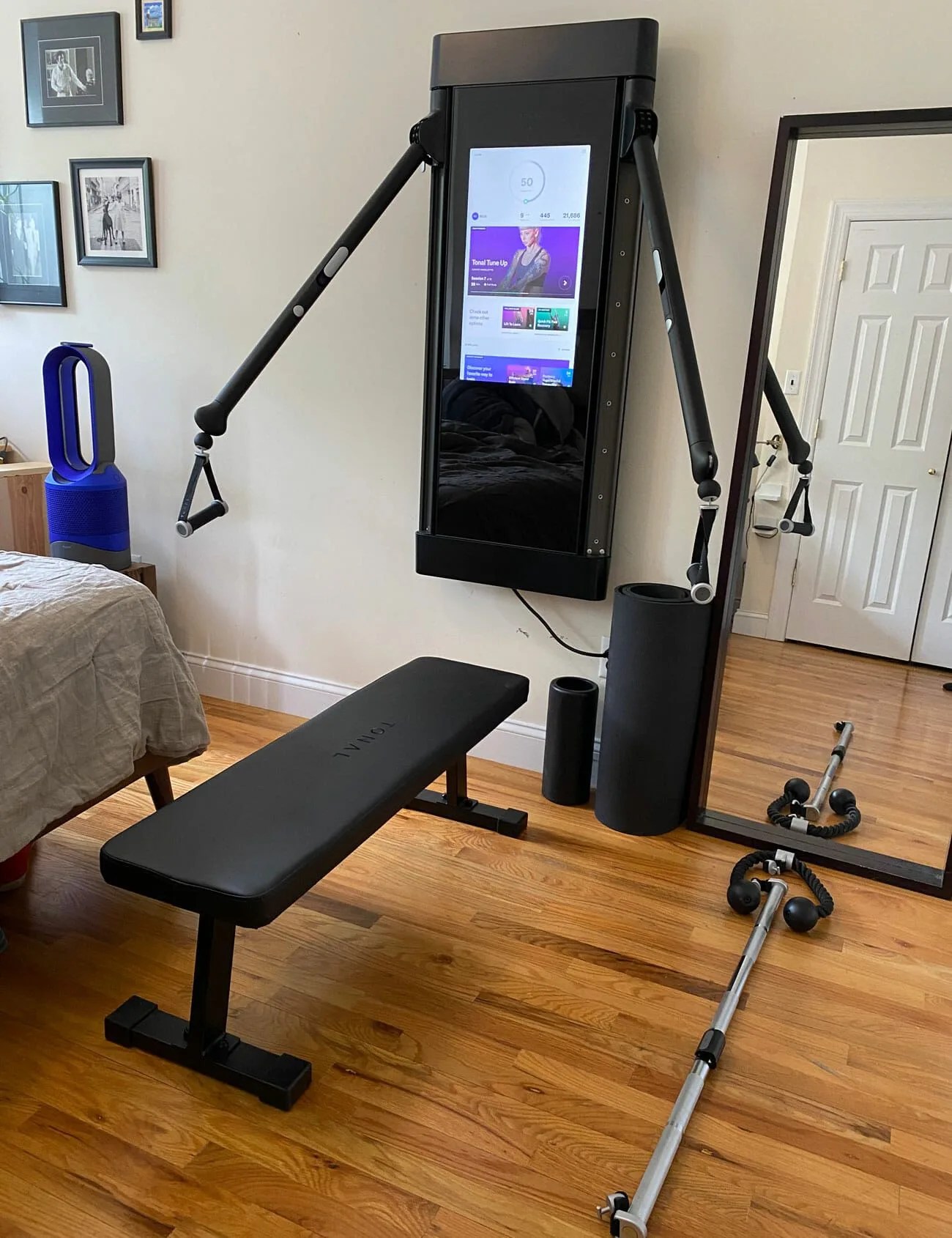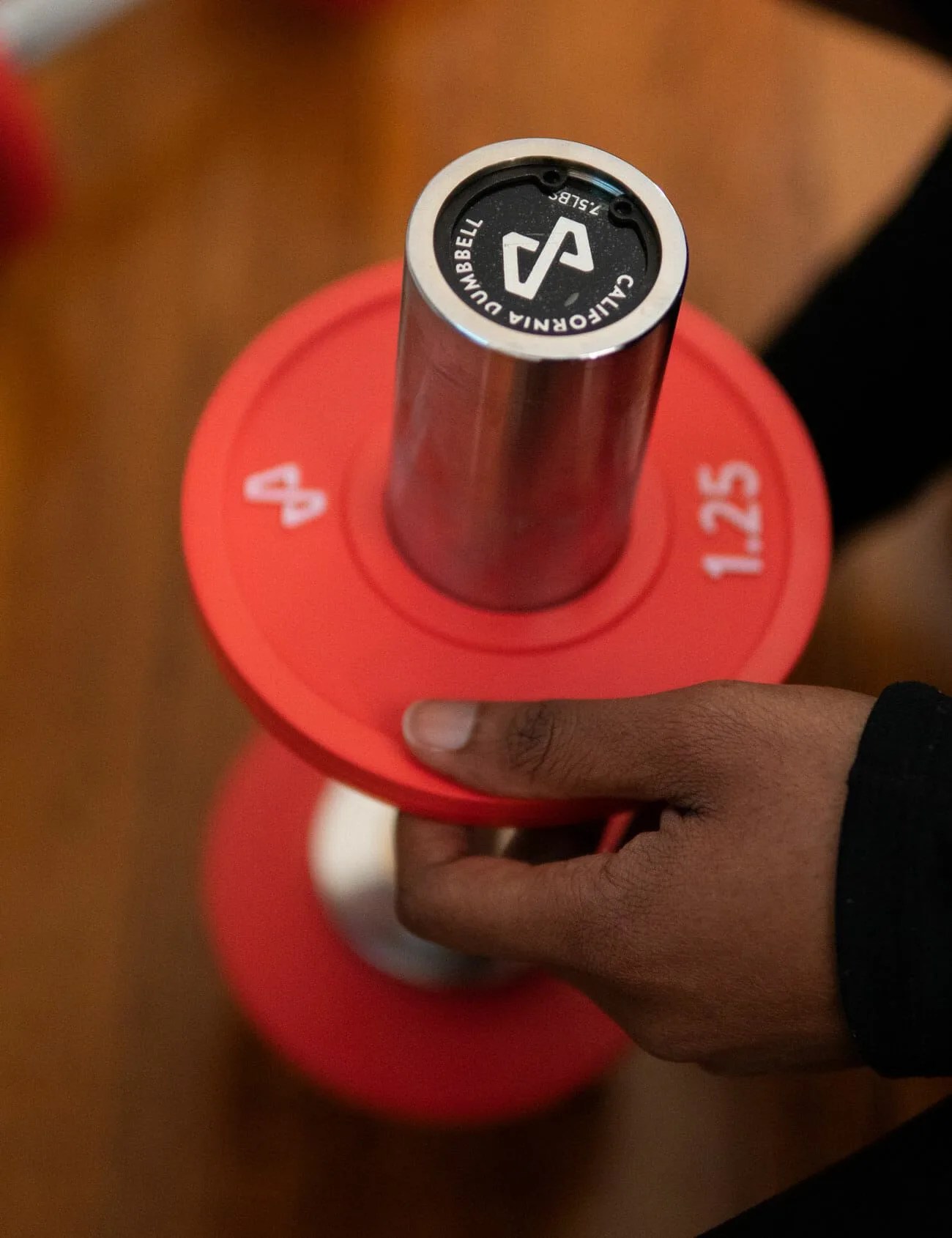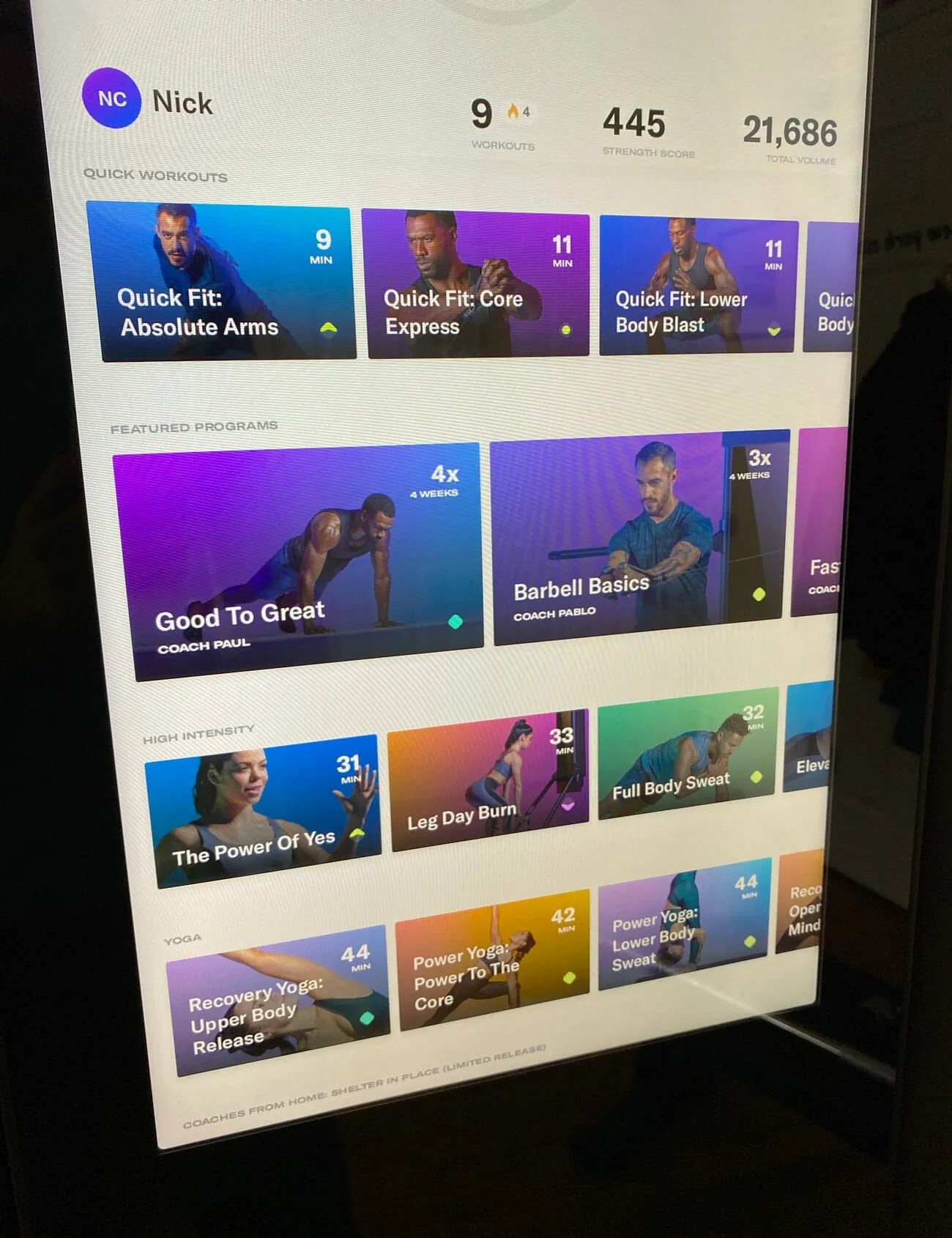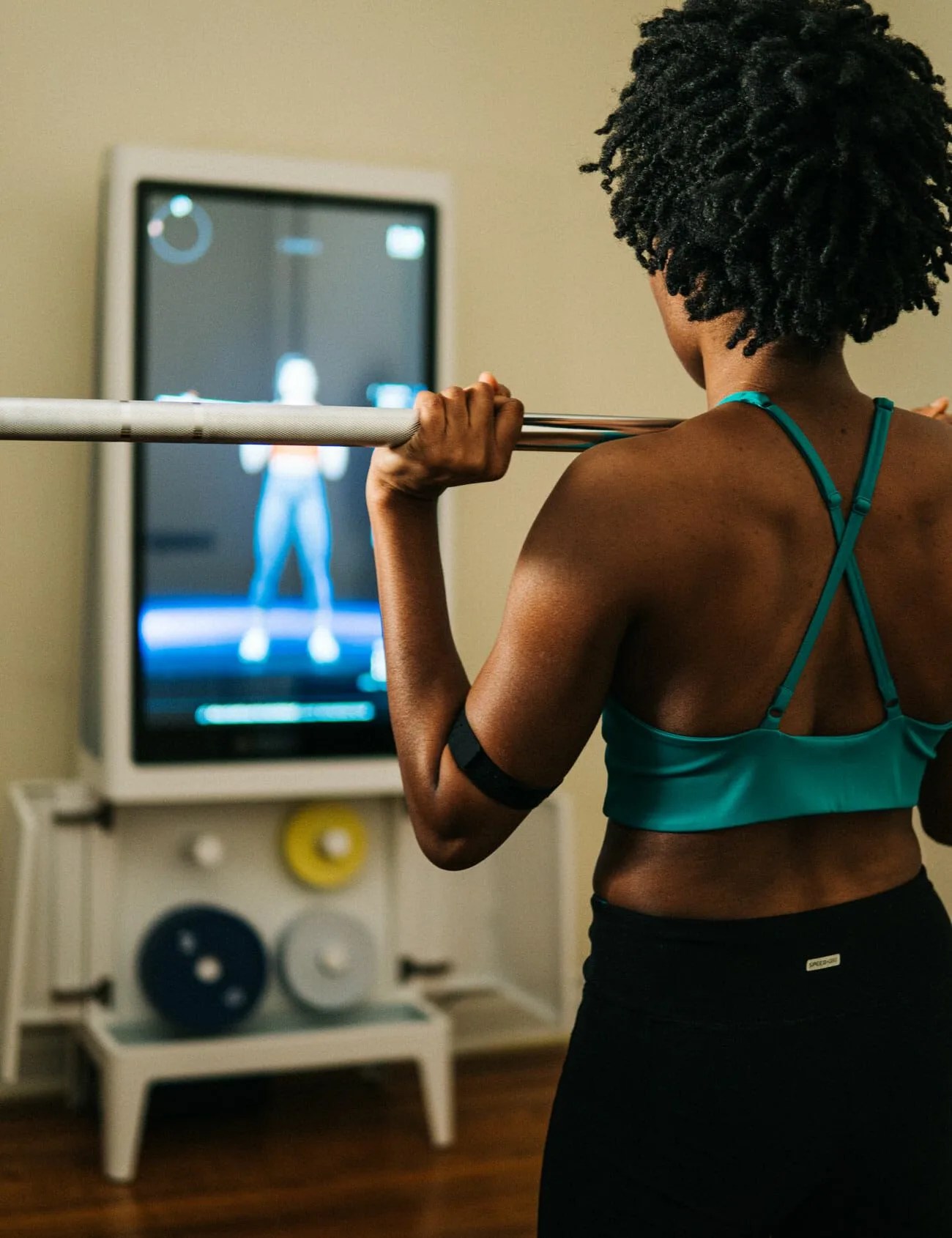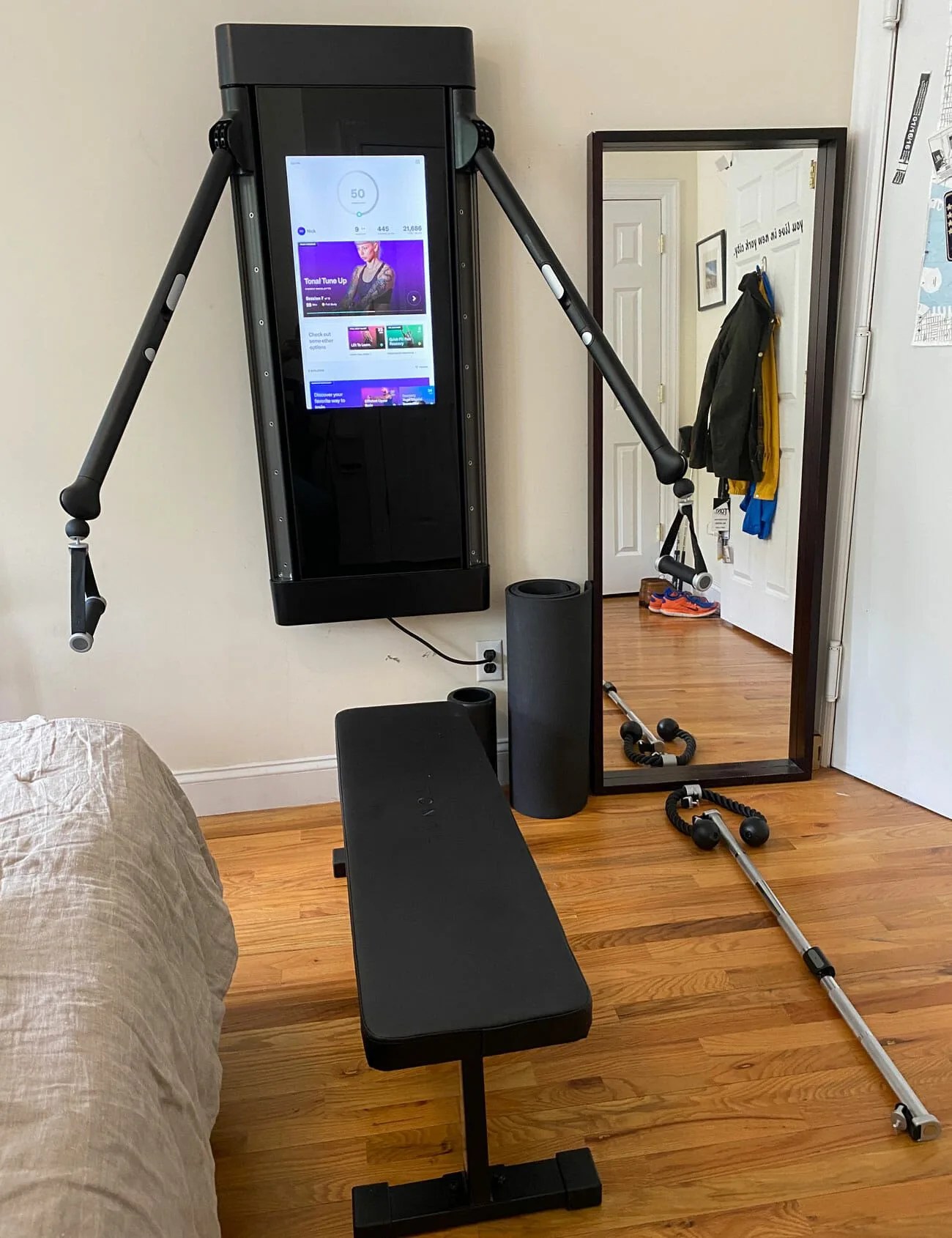As you’ve probably noticed, the coronavirus pandemic has torpedoed a number of businesses. Any industry that relies upon large groups of people gathered in close quarters — from sports to airlines to restaurants — has sustained colossal hits over the past few months.
The $94 billion fitness world is no exception. Gyms are just now starting to reopen, but with awkward protocols — and, in some cases, weird workout pods — that will likely put off many clients. The trade group IHRSA (International Health, Racquet & Sportsclub Association) estimates that more than a quarter of gym-goers will drop out this year, and just in the past few weeks, major chains like Gold’s Gym and 24 Hour Fitness have filed for bankruptcy.
Into the breach have rushed a variety of home fitness solutions. Bike-based systems like Peloton are a noteworthy example; the eight-year-old brand saw its revenues rise 66 percent in the first three months of the year, while sales of the less-expensive Echelon were five times what the brand expected over that period.
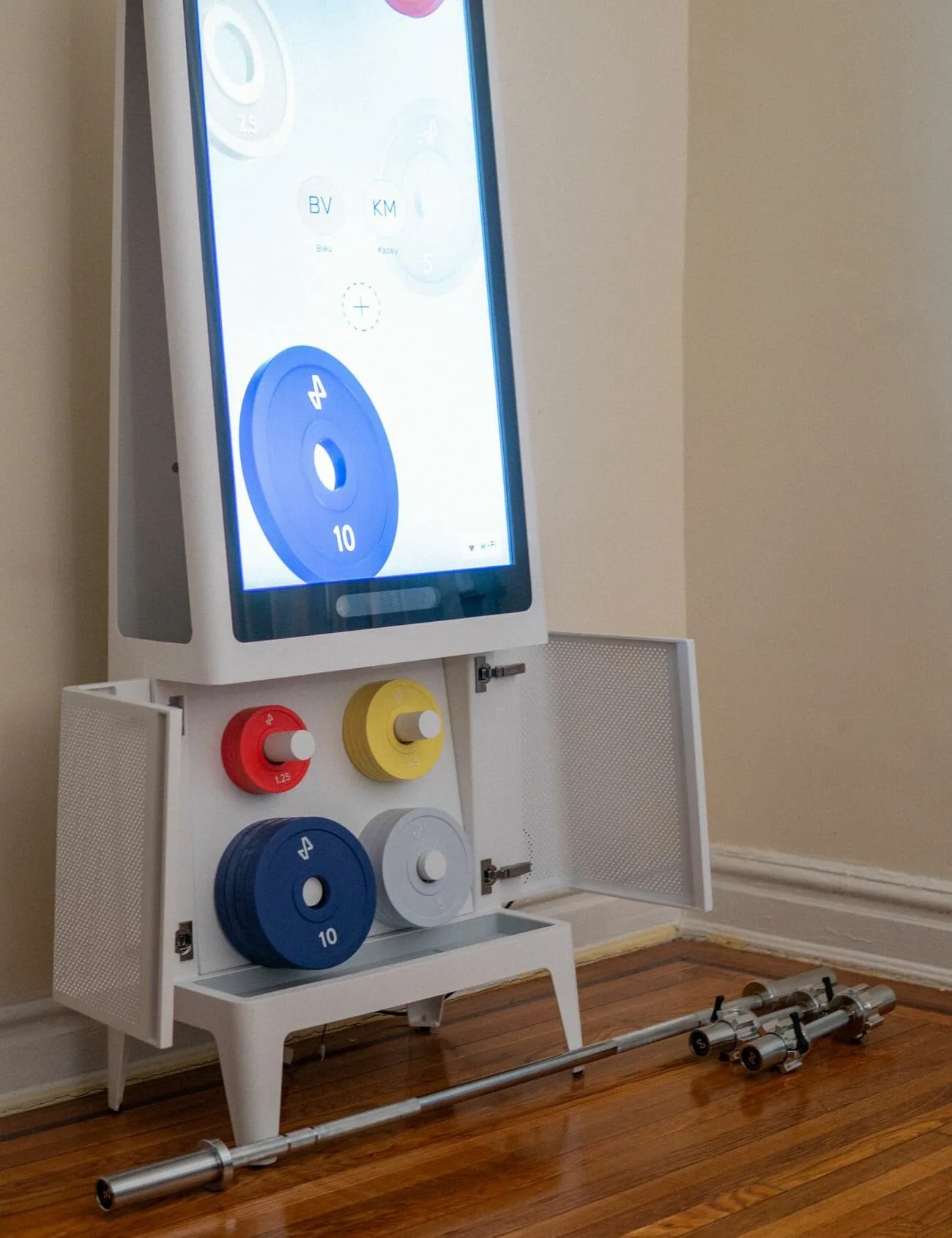
An even newer home-based approach, meanwhile, seems to have emerged at just the right time: sleek, interactive screens that deliver a variety of heart-pumping, muscle-blasting workouts before silently receding into one’s living space — an especially compelling proposition when we’re all spending so much time at home.
The first and best-known of these products is, of course, Mirror. Still less than two years old, the original, $1,500 digital home workout set-up has seen sales more than double since COVID-19 hit the US. And while we’ve documented the enticing possibilities Mirror brings to the table, these days it’s not alone.



